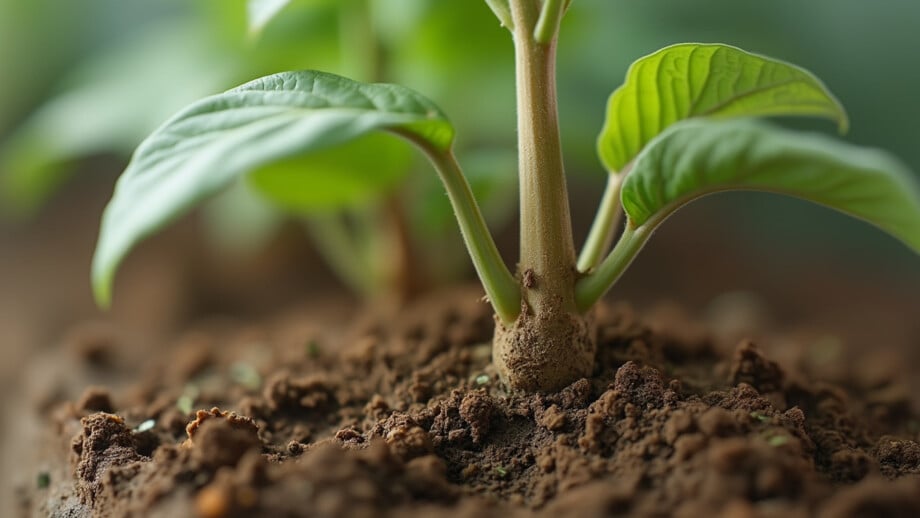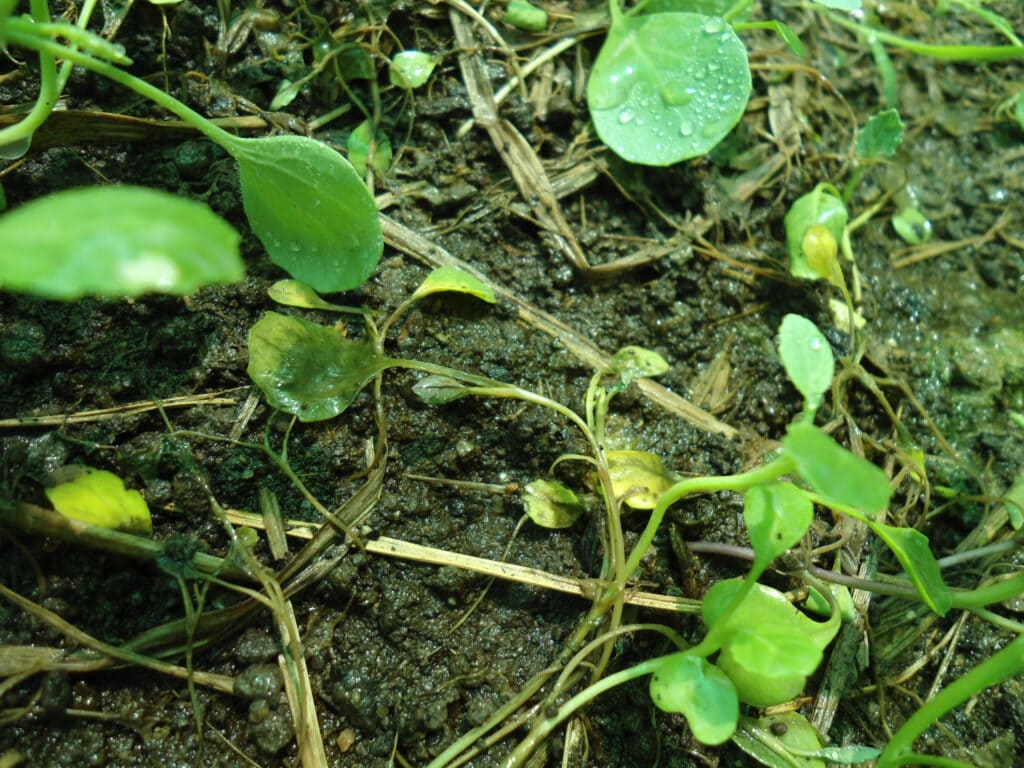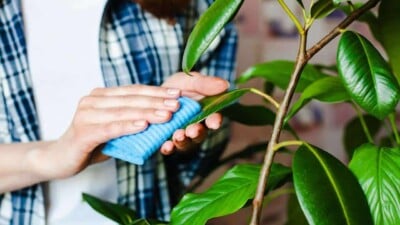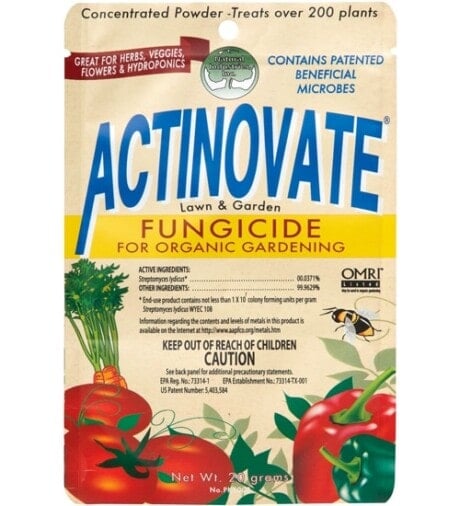Damping Off: Symptoms, Treatment, And Prevention
A serious problem attacking many young plants, damping off disease can be managed using these proven, organic techniques.

Damping-off is a soil-borne fungal disease that negatively affects the vegetables and flowers in your garden, primarily targeting seeds and new seedlings.
Damping-off refers to the rotting of stem and root tissues at and below the soil line. In most cases, infected plants will germinate and come up fine, but within a few days, they become water-soaked, mushy, collapse at the base and die.
Several fungi can cause the decay of seeds and seedlings, including species of Rhizoctonia solani, Fusarium spp, Botrytis, Sclerotinia, Sclerotium, and phytophthora. However, species of the soil fungus pythium are most often the culprit. Damping-off typically occurs when old seeds are planted in cold, wet soil temperatures and are further increased by poor soil drainage. Environmental conditions such as high humidity levels, cool soil, rich potting soils, and planting too deeply will also encourage its growth.
Fungal spores live in the soil and are primarily a problem in seedbeds. They can be transported on garden tools and in garden soils and taken into the house or greenhouse.
Note: Older plants are rarely killed by damping off primarily because the production of secondary stem tissue forms a protective barrier and limits fungal penetration.
Symptoms of Damping Off
- Root decay of stems at or near the soil line.
- Mold growth at the soil line.
- Stunted young seedlings.
- Leaves and seedling stems show signs of wilt.
- Leaves and newly emerged seedlings are discolored to grayish or brown.
- The stems of seedlings become soft and thin, almost string-like, where infected.
- Pre-emergent damping off is when seedling growth fails to emerge.
- Post-emergent damping off is when seedlings collapse.

Treatment for Damping Off
There is no cure for plants that already have damping off. However, you can easily prevent the problem by providing good air circulation. A small fan or simply cracking the lid of the germination tray will suffice. The biological fungicide Mycostop may also be used as a seed treatment to prevent seed or soil-borne diseases. Other steps for preventing damping-off include the following:
- When starting seeds indoors, use good organic potting soil or sterilize your own potting soil in an oven. Avoid reuse of potting mix, garden soil, or compost.
- Make sure your seed-starter mix is light and fast-draining.
- Ensure proper sanitation of pots and trays by thoroughly cleaning them to prevent pathogens or infection. Soak in 10% bleach for 20-30 minutes, then rinse thoroughly. Do not reuse plastic pots.
- Plant seedlings so that the soil surface is near the top of the container to ensure proper ventilation and air circulation.
- Sow seeds thinly to prevent overcrowding which can lead to humid, moist conditions.
- Seedling trays that provide water from below are preferable to overhead watering.
- Never water past noon so that the soil surface and the plants are dry by evening.
- Avoid overwatering tender seedlings.
- Organocide® Plant Doctor is an earth-friendly systemic fungicide that works its way through the entire plant to combat a large number of disease problems. Apply as a soil drench or foliar spray (3-4 tsp/ gallon of water) to prevent pathogens and attack many fungal problems, including Rhizoctonia spp, Pythium spp, Fusarium spp, and root rot.
Tip: Actinovate Lawn & Garden contains Streptomyces lydicus, a naturally occurring soil bacterium that is found in healthy soils. When applied as a soil drench or foliar spray, it establishes itself on plants’ roots and leaves and provides protection against a wide range of root, stem, and foliar diseases. Actinovate is OMRI Listed for use in organic gardens.













